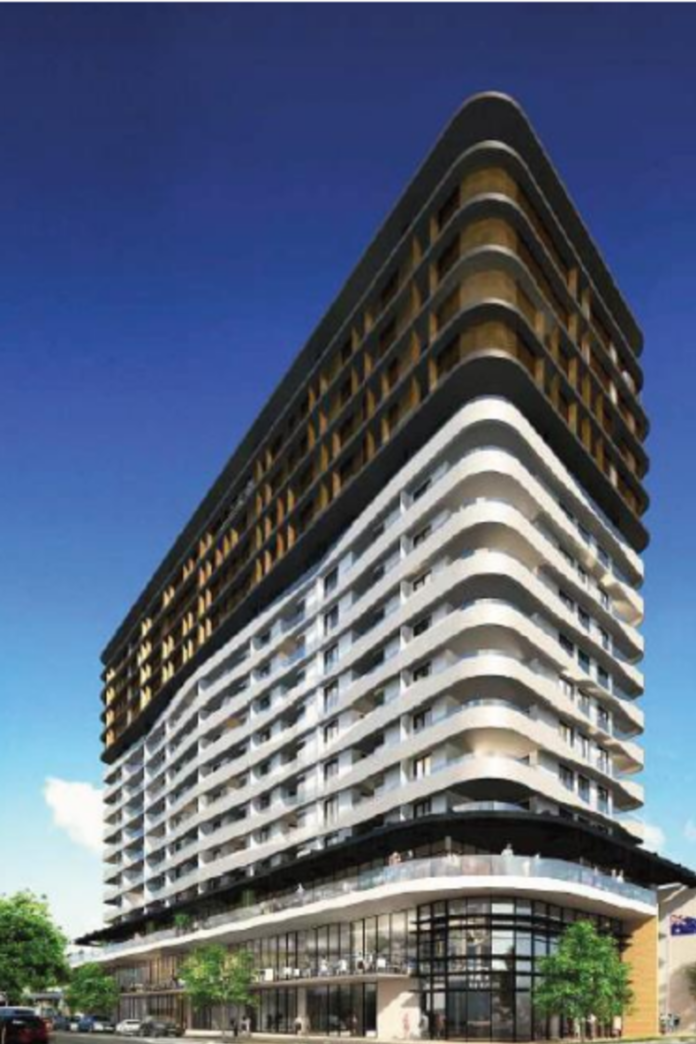With news in recent weeks that not-for-profit aged care giant, Bolton Clarke had paid more than $10 million dollars for the Coorparoo RSL clubhouse in Brisbane – a site it plans to turn into a 16-storey retirement facility – vertical living for Seniors was thrust back into the spotlight.
Bolton Clarke is set to build 100 independent living apartments, 30 assisted living apartments, and a 60-bed residential aged care community on the site, with amenities to include a library, gym, private dining room, art and craft studio, rooftop terrace and entertainment space.
It’s envisaged the multi-use site will help to ease progression as tenants’ needs change.
“Residents will be able to transition to alternate accommodation or access additional care and support services within the development, ensuring they can age in place as part of the vibrant Coorparoo community and enjoy life at the same address for as long as possible,” said Bolton Clarke’s Property Development General Manager, James Mantis.
Why Coorparoo? The area’s over-65 population is growing approximately 30% faster than the Greater Brisbane average, meaning more Senior services are needed.
It’s an ageing trend that reflected Australia-wide, with Bureau of Statistics figures showing about 16% of people nationwide were aged 65 years and over in the 2016 Census, up nearly 700,000 from the previous count in 2011.
Currently around 185,000 Australians live in retirement villages, with that number expected to rise to over 380,000 by 2025, according to Retirement Living Council research.
While the Coorparoo purchase is a significant one, it’s certainly not Bolton Clarke’s first retirement rodeo. The organisation has a vertical village due to be completed in October this year, a new development in Melbourne’s north, a mixed-use integrated vertical community in South Port on the Gold Coast and a retirement village at Westmead in Sydney’s western suburbs.

The chair of the NSW inquiry into retirement villages, Kathryn Greiner has strongly recommended the integration of designated seniors’ apartments into medium and high-rise residential developments.
Ms Greiner, who also chairs the NSW Ministerial Advisory Council on Ageing, told a Property Council of Australia event audience last year that vertical retirement living was “the way of the future”.
“The services can be bought in as needed and rather than having people siloed out into retirement villages here, yuppies here, Gen X there, you actually have a community and bring those things together,” she said.
“You use your built environment but you just deliver the services differently.”
Hong Kong businessman, Benny Wu – who owns a number of Far North Queensland developments – last month lodged plans to redevelop five stories of the Acacia Court Hotel in Cairns into a 67-room retirement facility.
He told Cairns Council the top floor of the hotel would be converted into an area for communal-use rooms with “games, and health and fitness activities” for Seniors, while the other levels of the 10-storey tower would become short-term accommodation.
The Kiwis are getting in on the vertical act too – with New Zealand’s largest village and aged care operator, Ryman Healthcareplanning to develop five retirement villages in Melbourne.
Vertical retirement living, it seems, is well and truly on the rise.





